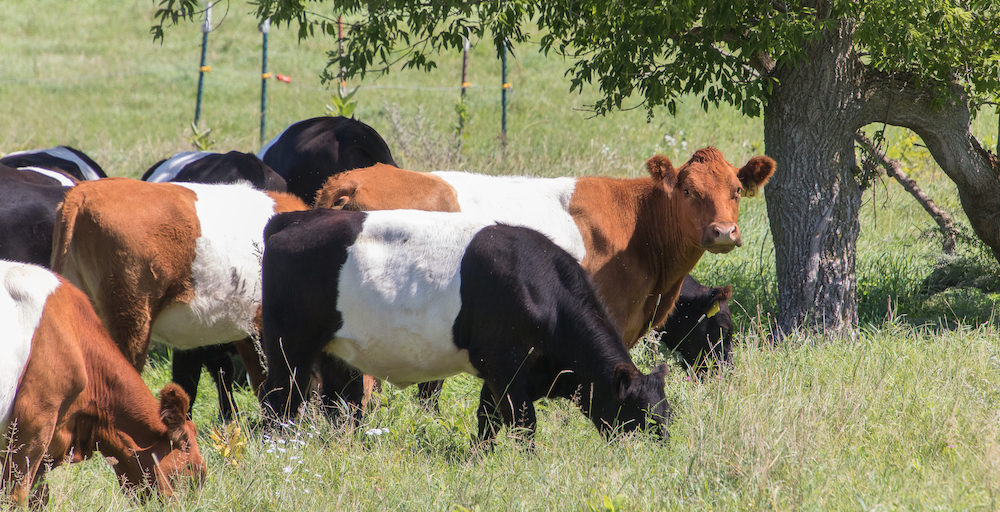I started riding NYC subways and buses on my own when I was about 12. My sister and I would take the elevated train to music lessons Saturday mornings – me for flute, Cathy for clarinet. For a short stint, we rode into downtown Manhattan on afternoons to clean cages and welcome visitors at the ASPCA.
When I reached my late teens, I used public transportation at all hours to get to classes and night spots. A car was a luxury I couldn’t afford, and, anyway, where would I park the darn thing once I reached traffic-choked downtown?
It was the night-time forays that evoked my Mom’s advise each and every time I started out, “Walk in the middle of the street.”
Now, this directly contradicted the stay-out-of-the-street mantra drummed into me as a child, but it made sense. If you were on a lonely street, you were less likely to be pulled into a dark entryway or a parked car if you kept to the center line. This approach posed the challenge of dealing with passing automobiles, but hey, you had to use your judgement. I had to stay alert, use common sense.
Thinking back to the late 1960s, it’s interesting that the focus was on man-made things: lights, traffic, trains, speed, buildings, the crush of a crowd, and the hidden dangers of a run-down neighborhood. And that, too, made sense. These were immediate and significant factors as I navigated my city of 8 million people.
That was then. Things have changed – a lot.
Last night I found myself crawling on my stomach in the snow and dirty ice beneath the chicken coop. It was night, it was dark, yet there were chickens sitting under the coop instead of inside of it. This was not the norm. You see, poultry usually climb into their coop and settle themselves down for the night all by themselves. They take their cue from the angle of the setting sun. Once in the coop, all I do is shut the door behind them. This usually works like, well, clock work. But not last night.

Free-range chickens checking out the changed landscape
When I went out to close things up, only half of the birds were dozing in the clean pine shavings. The rest were nestled into the snow under the coop. It was 5 below zero and I not only worried about them freezing but also about them becoming a midnight snack for a passing fox, raccoon, weasel or stray dog.
Why had they broken from their routine?

Coop on a snowy evening
I think it was the moon. It was so bright, every tree cast a sharp shadow. I think the silly chickens were confused.
Clouds scudded across the silver-white wedge. It was cold, but the air was still and I was plenty warm in my insulated pants, felt-lined boots, and wool hat. Our beef cattle were silent on the far side of a small hill, happy in their hay bedding. Across the field, the road was black – no headlights. There wasn’t a soul to be seen. Quiet.
And I was belly-down in the snow, reaching around tires and sharp-edged axles to rescue hens from a peril-filled night. Dave was on the other side of the hen house doing the same. Fortunately, chickens don’t like running around in the dark, so the task didn’t take very long. After urging the last hen into the dark coop, I shut the door and we headed back into the house.
Farming means working outdoors in all types of weather and until all hours of the day and night. I’m careful to keep my ankles out of gopher holes, my eyes away from 2″ buckthorn, my knees bent when I pick up 50-lb. sacks of alfalfa. I wear my seat belt in the tractor and skid steer. I walk carefully among the cattle. They are familiar and curious, but they are not pets. Each animal weighs roughly 1,000 lbs., some much more, and a simple toss of a head could break a wrist.
As I haul hay and move equipment, round up chickens, and move cattle from pasture to pasture, my Mom’s cautions continue to echo in my head, “put on a hat,” “get some sleep,” “rest,” “sit down for a bit,” and “you want some coffee?”
Although she lives in New Jersey, her love and care keeps me company, and her advise continues to make sense.
Like this:
Like Loading...









